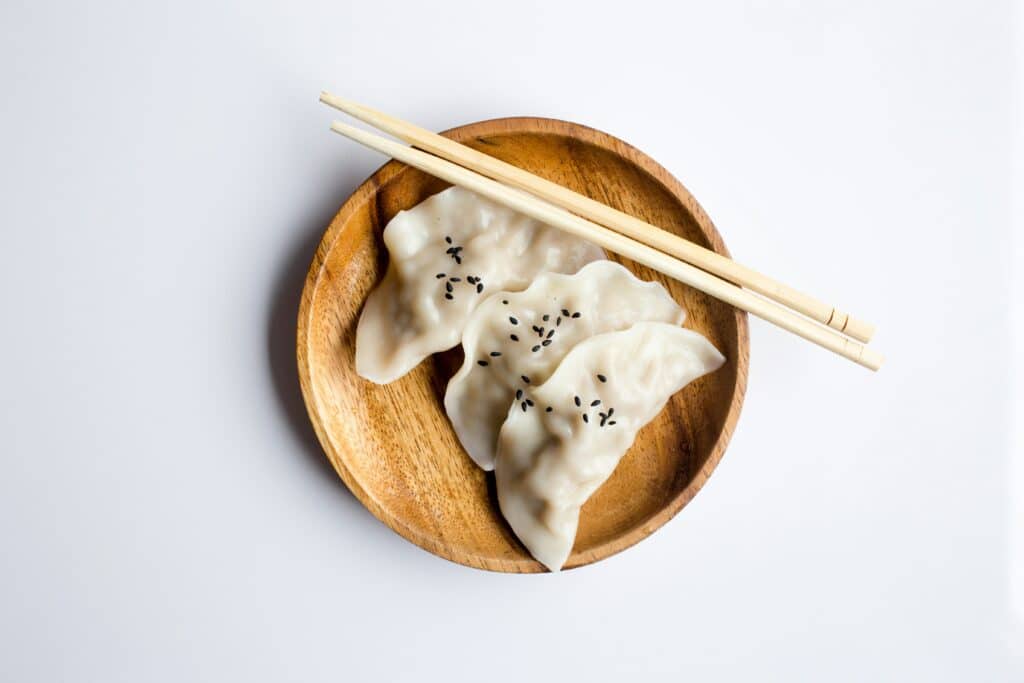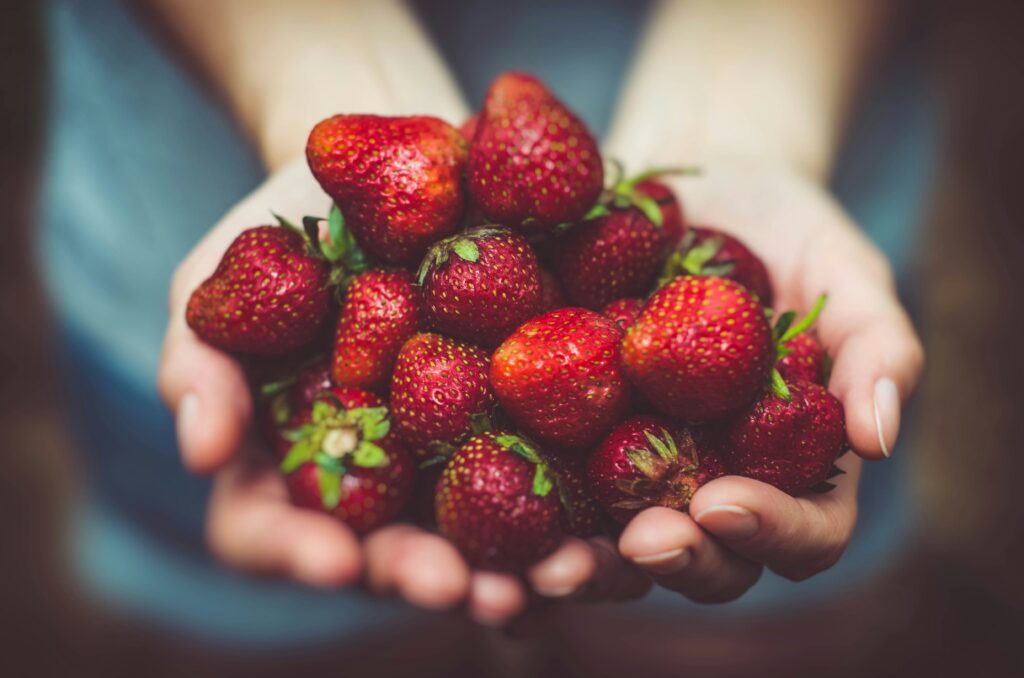Step into a world of vibrant flavors and cultural heritage as you embark on a culinary adventure to experience Costa Rica’s indigenous cuisine. From the tropical rainforests to the sun-drenched beaches, this destination offers a plethora of culinary delights that celebrate the indigenous tribes’ traditions and ingredients. Indulge in the bold and exotic flavors of traditional dishes like casado, ceviche, and gallo pinto, made with locally sourced ingredients that will tantalize your taste buds. Whether you’re an adventurous foodie or a curious traveler, these top ways to enjoy Costa Rica’s indigenous cuisine will leave you craving more.
Understanding Costa Rica’s Indigenous Cuisine
Costa Rica’s cuisine is a reflection of its rich history and diverse cultural influences. In order to truly appreciate and savor the flavors of this country, it is important to understand the roots of its indigenous cuisine.
Historical Background
Costa Rica was once home to multiple indigenous tribes who played a significant role in shaping the country’s culinary heritage. These native communities, which included the Boruca, BriBri, Maleku, and Cabecar, relied heavily on the bounties of nature for their sustenance. Their unique cooking techniques and use of local ingredients have been passed down through generations, contributing to the development of Costa Rica’s indigenous cuisine.
Influence of Indigenous Tribes
The indigenous tribes of Costa Rica have had a profound influence on the country’s culinary traditions. Their knowledge of the land and its resources is deeply ingrained in the local cuisine. From cultivating crops to preserving food, the indigenous people have contributed to the diverse range of flavors and techniques that define Costa Rican cuisine today.
Role of Agriculture in the Cuisine
Agriculture plays a crucial role in Costa Rica’s indigenous cuisine. Traditional farming techniques, such as slash-and-burn agriculture, were utilized by indigenous communities to cultivate a variety of crops. Maize, beans, squash, and root vegetables like yams were staples in their diet. The abundance of fresh produce from the fertile soil of Costa Rica continues to be a central component of indigenous cuisine.
Exploring the Ingredients of Indigenous Cuisine
To truly understand and appreciate Costa Rica’s indigenous cuisine, it is essential to delve into the diverse range of ingredients used in these traditional dishes.
Common Fruits and Vegetables
Costa Rica’s tropical climate provides an ideal environment for a wide array of fruits and vegetables. Some of the common fruits found in indigenous cuisine include pineapple, papaya, bananas, and mangoes. Various root vegetables like cassava and yams are also popular. In addition, leafy greens like chayote, culantro, and pejibaye palm fruit are used to add flavor and texture to dishes.
Seafood Varieties
Given its geographical location along both the Caribbean Sea and the Pacific Ocean, Costa Rica boasts a rich variety of seafood. Indigenous tribes living in coastal regions have traditionally relied on fishing as a means of sustenance. Freshwater fish, shrimp, lobsters, and clams are just a few examples of the seafood commonly used in indigenous cuisine.
Herbs and Spices Used
The use of herbs and spices adds depth and complexity to Costa Rica’s indigenous dishes. Popular seasonings include garlic, onion, cilantro, and oregano. Indigenous communities have also introduced unique spices like annatto, known for its vibrant red color and mild flavor. These herbs and spices play a crucial role in enhancing the taste of traditional Costa Rican dishes.
Traditional Grains and Legumes
Grains and legumes are an important source of protein in Costa Rica’s indigenous cuisine. Maize, or corn, is a staple crop and is often ground into cornmeal to make tortillas and tamales. Beans, such as black beans and red beans, are commonly used in soups, stews, and rice dishes. The combination of maize and beans, as seen in the popular dish Gallo Pinto, forms a nutritious and satisfying base for many indigenous meals.

Signature Dishes of Costa Rican Indigenous Cuisine
Costa Rica’s indigenous cuisine is known for its flavorful and hearty dishes. These signature dishes highlight the unique flavors and culinary techniques that have been passed down through generations.
Gallo Pinto
Gallo Pinto, which translates to “spotted rooster,” is perhaps the most iconic dish of Costa Rican cuisine. It consists of a delicious blend of rice and beans, cooked with onions, bell peppers, and garlic. This nutritious and comforting dish is often served for breakfast, accompanied by eggs, plantains, and a side of fresh salsa.
Casado
Casado is a traditional Costa Rican dish that embodies the diversity of the country’s cuisine. It typically consists of rice, black beans, plantains, salad, and a choice of protein such as grilled chicken, fish, or beef. This well-balanced meal provides a taste of the various flavors and ingredients found in indigenous cuisine.
Olla de Carne
Olla de Carne, meaning “meat stew” in Spanish, is a hearty dish that showcases the influence of Costa Rica’s indigenous tribes. This rich and flavorful stew features tender beef, root vegetables, and a hearty serving of maize and beans. It is commonly enjoyed during special occasions and family gatherings.
Chorreadas
Chorreadas are Costa Rican-style corn pancakes that are a delightful snack or breakfast option. Made from freshly ground corn, these pancakes are typically served with a dollop of sour cream and topped with cheese. The sweet and savory flavors of chorreadas make them a popular choice among locals and visitors alike.
Beverages in Costa Rican Indigenous Cuisine
Costa Rica’s indigenous cuisine is not just about the food – the country also offers a range of refreshing and flavorful beverages that reflect its cultural heritage.
Coffee and its Importance
Costa Rica is renowned for its high-quality coffee, which has become an integral part of the country’s culture. Coffee production has a long history in Costa Rica, dating back to the 18th century. Indigenous communities played a significant role in cultivating and processing coffee beans, and their rich knowledge and traditions are still evident in today’s coffee industry.
Local Alcoholic Beverages
In addition to coffee, Costa Rica is also known for its local alcoholic beverages. One such beverage is Chicha, a fermented corn drink that dates back to pre-Columbian times. This traditional drink is made by soaking corn kernels in water, allowing them to ferment naturally. Another popular alcoholic beverage in indigenous cuisine is Guaro, a sugar cane liquor that is often mixed with various fruit juices for a refreshing cocktail.
Fruit Juices and Smoothies
Costa Rica’s abundance of tropical fruits makes it the perfect destination for fruit juices and smoothies. Indigenous communities have long utilized local fruits to create refreshing and nutritious beverages. From the sweet and tangy flavors of pineapple juice to the creamy goodness of banana smoothies, there is no shortage of options to quench your thirst and indulge in the tropical flavors of Costa Rica.

Culinary Techniques in Indigenous Cuisine
Costa Rican indigenous cuisine encompasses a variety of culinary techniques that have been perfected over generations. These techniques not only enhance the flavors of the dishes but also preserve the authenticity of the cuisine.
Cooking Methods
Indigenous cuisine utilizes a range of cooking methods to create unique and flavorful dishes. Apart from traditional stovetop cooking, methods such as steaming and grilling are commonly used. The use of open fires and clay ovens adds a distinct smokiness and depth of flavor to meats and vegetables, giving the cuisine a rustic charm.
Food Preservation Techniques
Preserving food has been an integral part of indigenous culinary traditions in Costa Rica. Indigenous communities would employ methods like sun-drying, smoking, and fermentation to extend the shelf life of perishable ingredients. These techniques not only helped to preserve food for longer periods but also added depth and complexity to the flavors.
Use of Natural Utensils and Cookware
In indigenous cuisine, the use of natural utensils and cookware is prevalent. Traditional tools made from materials like wood, clay, and stone are used to prepare, cook, and serve the dishes. From grinding corn on a stone metate to cooking in clay pots, these natural utensils and cookware add a unique touch to the flavors and presentation of the food.
Indigenous Cuisine and Festivals
Food plays a central role in the cultural celebrations and festivals of Costa Rica’s indigenous communities. These occasions provide an opportunity to showcase their culinary heritage and come together as a community.
Food Prepared During Celebrations
During festivals and special occasions, indigenous communities prepare a variety of traditional dishes to share with friends, family, and the wider community. Special meats, such as roasted pig or chicken, are often cooked, and an array of side dishes and desserts are prepared. These celebrations offer a chance to indulge in the rich flavors and culinary traditions of indigenous cuisine.
Festivals Centered Around Food
In Costa Rica, there are numerous festivals dedicated to celebrating the country’s diverse culinary traditions. These festivals showcase the indigenous roots of the cuisine and provide a platform for locals and visitors to experience the vibrant flavors and cultural heritage of Costa Rica’s indigenous communities. From food fairs to street parades, these events bring together people from all walks of life to celebrate the country’s culinary traditions.
Role of Food in Social Gatherings
Food is a unifying force in Costa Rica’s indigenous communities. It brings people together and fosters a sense of unity and belonging. Social gatherings often revolve around shared meals, where friends, family, and community members come together to enjoy the flavors of indigenous cuisine. These gatherings not only nourish the body but also nurture relationships and create lasting memories.

Health Benefits of Indigenous Cuisine
Costa Rica’s indigenous cuisine offers more than just delicious flavors; it also provides numerous health benefits. The use of fresh, locally sourced ingredients and traditional cooking methods contribute to the nutritional value of these dishes.
Nutritional Value of Dishes
Indigenous cuisine in Costa Rica is focused on utilizing natural and wholesome ingredients. From the protein-rich beans to the fiber-packed fruits and vegetables, these traditional dishes are nutritionally balanced and offer a wide range of essential nutrients. The combination of grains, legumes, and vegetables in dishes like Gallo Pinto ensures a well-rounded and satisfying meal.
Beneficial Properties of Ingredients
Many of the ingredients used in indigenous cuisine have beneficial properties that contribute to overall health and well-being. Tropical fruits like papaya and pineapple are packed with vitamins and antioxidants, while herbs and spices like cilantro and oregano offer anti-inflammatory and digestive benefits. Seafood, rich in omega-3 fatty acids, is known to support heart health. These ingredients, when combined in indigenous dishes, create a culinary experience that is as nourishing as it is flavorful.
Balance in the Meal Plan
Indigenous cuisine in Costa Rica emphasizes balance in the meal plan. The combination of proteins, carbohydrates, and fats ensures a well-balanced diet that provides sustained energy and supports overall health. The inclusion of a variety of fruits, vegetables, and whole grains ensures that meals are not only delicious but also nutritionally complete.
Learning to Cook Indigenous Cuisine
If you’re interested in learning how to recreate the flavors of Costa Rica’s indigenous cuisine, there are several ways to get started.
Taking Cooking Classes
Cooking classes provide a hands-on approach to learning the techniques and flavors of indigenous cuisine. Many culinary schools and local cooking schools offer classes that focus specifically on traditional Costa Rican cooking. These classes provide an opportunity to work with local ingredients, learn traditional techniques, and create authentic dishes under the guidance of experienced chefs.
Learning from Locals
One of the best ways to learn about indigenous cuisine is by engaging with the local community. Locals are often eager to share their knowledge and culinary traditions. By visiting local markets, participating in community events, and striking up conversations with locals, you can gain insight into the techniques, ingredients, and cultural significance of indigenous cuisine.
Cookbooks and Online Resources
There are a variety of cookbooks and online resources available that focus on Costa Rican indigenous cuisine. These resources often provide detailed recipes, step-by-step instructions, and insights into the history and cultural significance of the dishes. Exploring these resources can help you gain a deeper understanding of the flavors and techniques involved in creating indigenous cuisine.
Experiencing Indigenous Cuisine through Local Markets
To truly immerse yourself in the flavors of Costa Rica’s indigenous cuisine, a visit to the local markets is a must.
What to Expect at Local Markets
Local markets in Costa Rica are vibrant and bustling with activity. You can expect to find a wide variety of fresh produce, including tropical fruits, vegetables, and herbs commonly used in indigenous cuisine. The markets also offer an array of local crafts, spices, and traditional utensils. The sights, sounds, and aromas of the market provide an authentic experience and a glimpse into the culinary culture of the country.
Finding Indigenous Ingredients
Local markets are the perfect place to discover indigenous ingredients used in traditional Costa Rican dishes. From colorful root vegetables to exotic fruits, you’ll find a rich array of ingredients that are central to indigenous cuisine. Chatting with the vendors will not only give you insights into the different uses of these ingredients but may also lead to discovering new and exciting flavors.
Street Food Sampling
One of the best ways to experience the true flavors of indigenous cuisine is through street food. Costa Rica’s street food scene is vibrant and diverse, offering a range of snacks and small bites that are perfect for sampling the local flavors. From empanadas filled with savory fillings to freshly grilled meat skewers and tropical fruit on a stick, you’re sure to find something that tantalizes your taste buds and leaves you craving for more.
Indigenous Cuisine in Costa Rican Restaurants
For a taste of Costa Rica’s indigenous cuisine in a restaurant setting, there are different options to consider.
Traditional Restaurants (Sodas)
Sodas, which are small family-run restaurants, are known for serving authentic Costa Rican cuisine. These eateries often specialize in traditional dishes that have been passed down through generations. Here, you can savor the flavors of indigenous cuisine, from Gallo Pinto to Olla de Carne, cooked with love and authenticity.
Fine Dining with Indigenous Influence
Fine dining restaurants in Costa Rica often incorporate indigenous flavors and ingredients into their menus. Chefs take inspiration from the culinary traditions of the indigenous communities to create innovative and elevated dishes. By combining traditional elements with modern techniques, these restaurants offer a unique fine dining experience that showcases the depth and versatility of indigenous cuisine.
Modern Takes on Indigenous Cuisine
Some eateries in Costa Rica are known for their modern interpretations of indigenous cuisine. These establishments take classic dishes and reimagine them by introducing innovative flavors and cooking techniques. By blending traditional elements with contemporary culinary trends, these restaurants offer a fresh take on indigenous cuisine that appeals to both locals and visitors craving a unique dining experience.
In conclusion, Costa Rica’s indigenous cuisine is a melting pot of flavors, techniques, and culinary traditions. From the rich history and influence of indigenous tribes to the diverse range of ingredients and signature dishes, this cuisine offers a truly immersive and flavorful experience. Whether you explore the local markets, dine in traditional restaurants, or learn to cook these dishes yourself, Costa Rica’s indigenous cuisine is sure to leave an indelible mark on your culinary journey and provide a deeper appreciation for the country’s cultural heritage. So, embark on this gastronomic adventure and savor the rich flavors of Costa Rica’s indigenous cuisine.







0 Comments